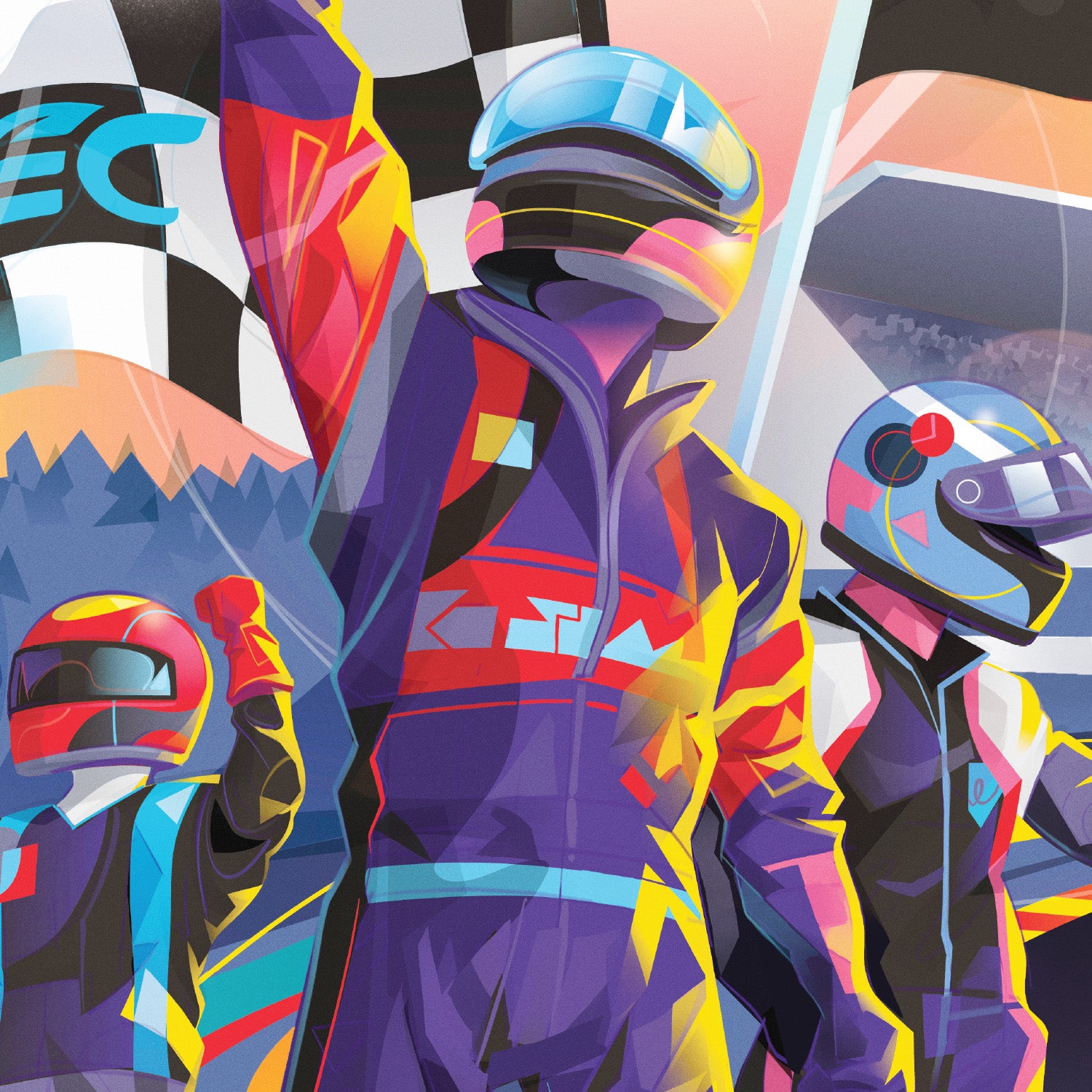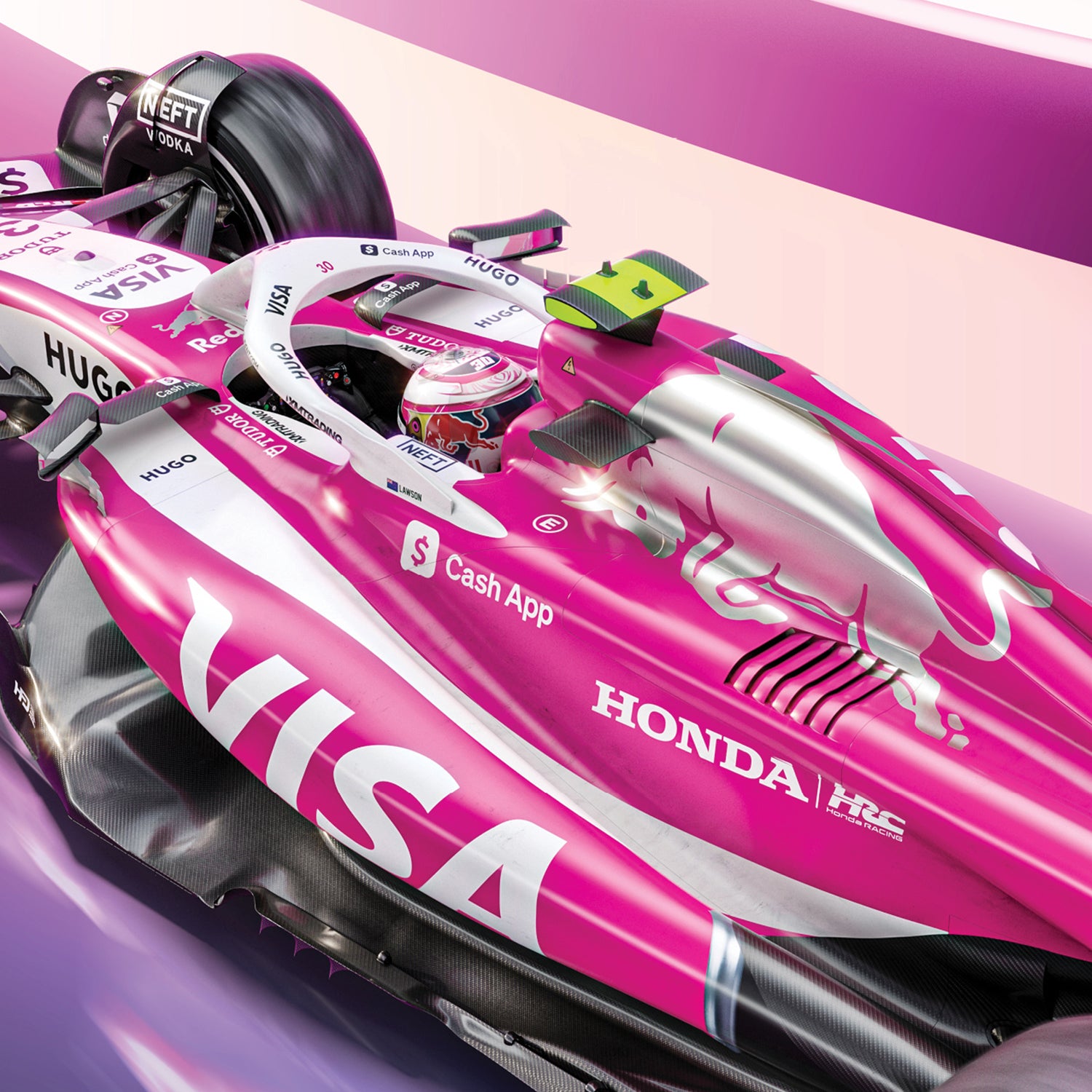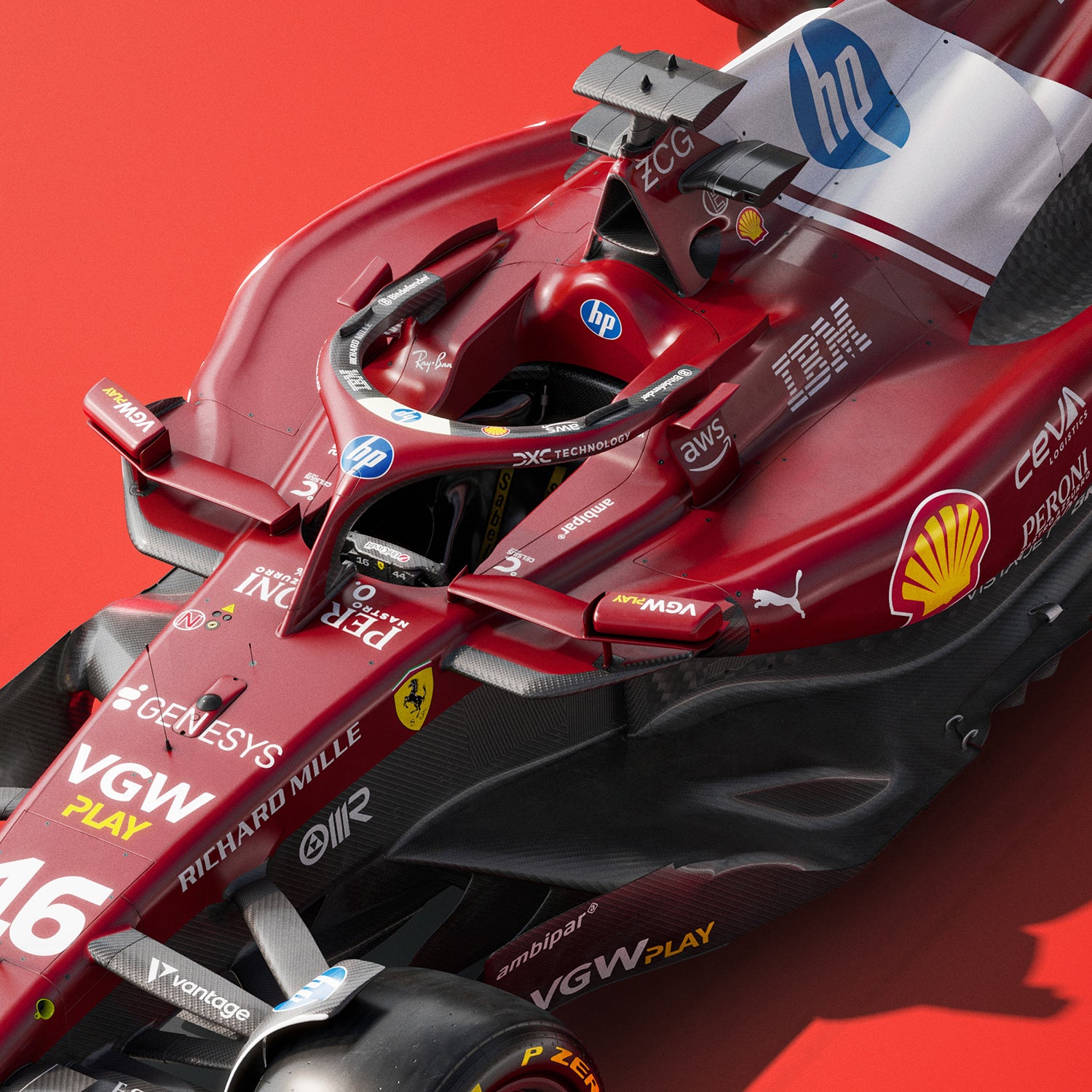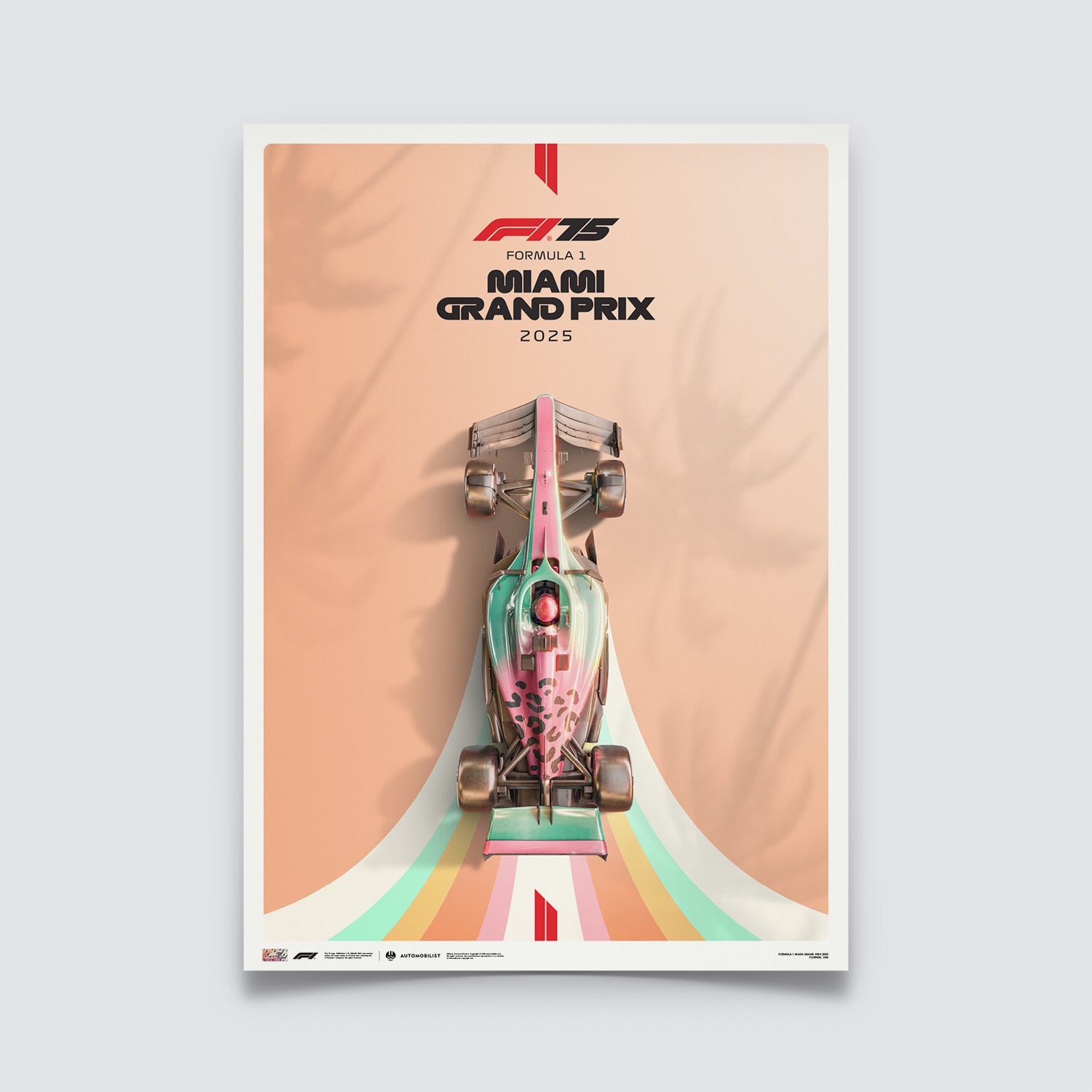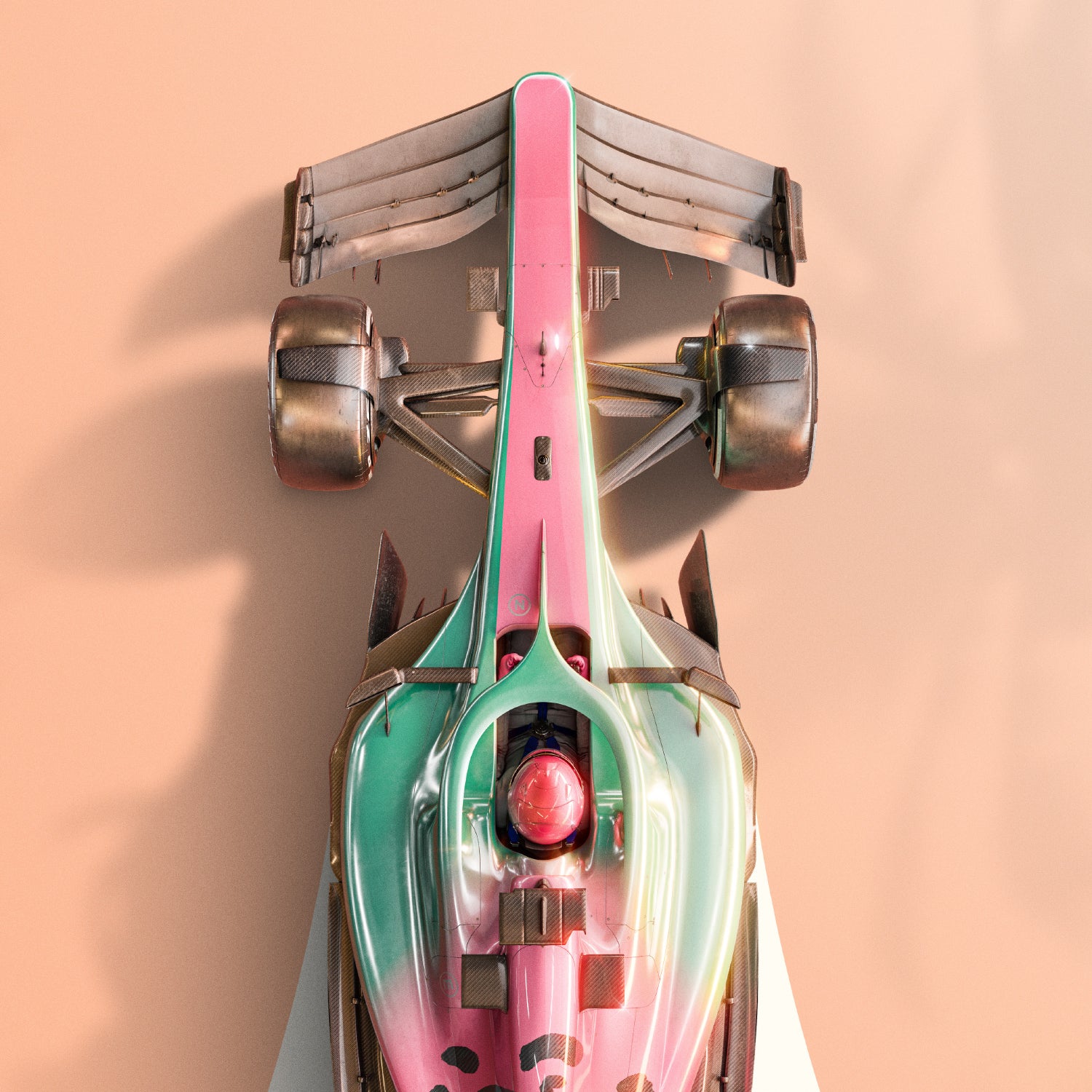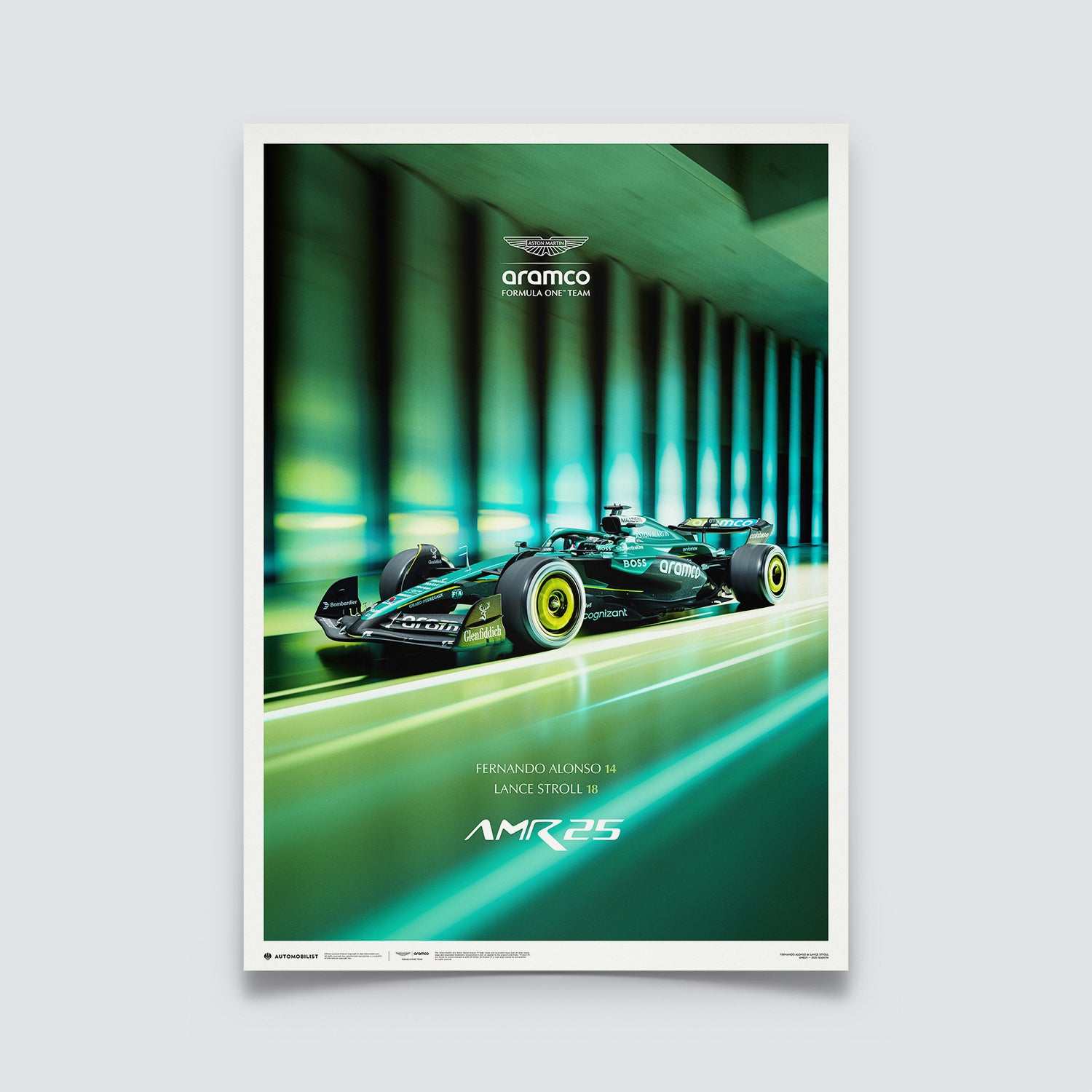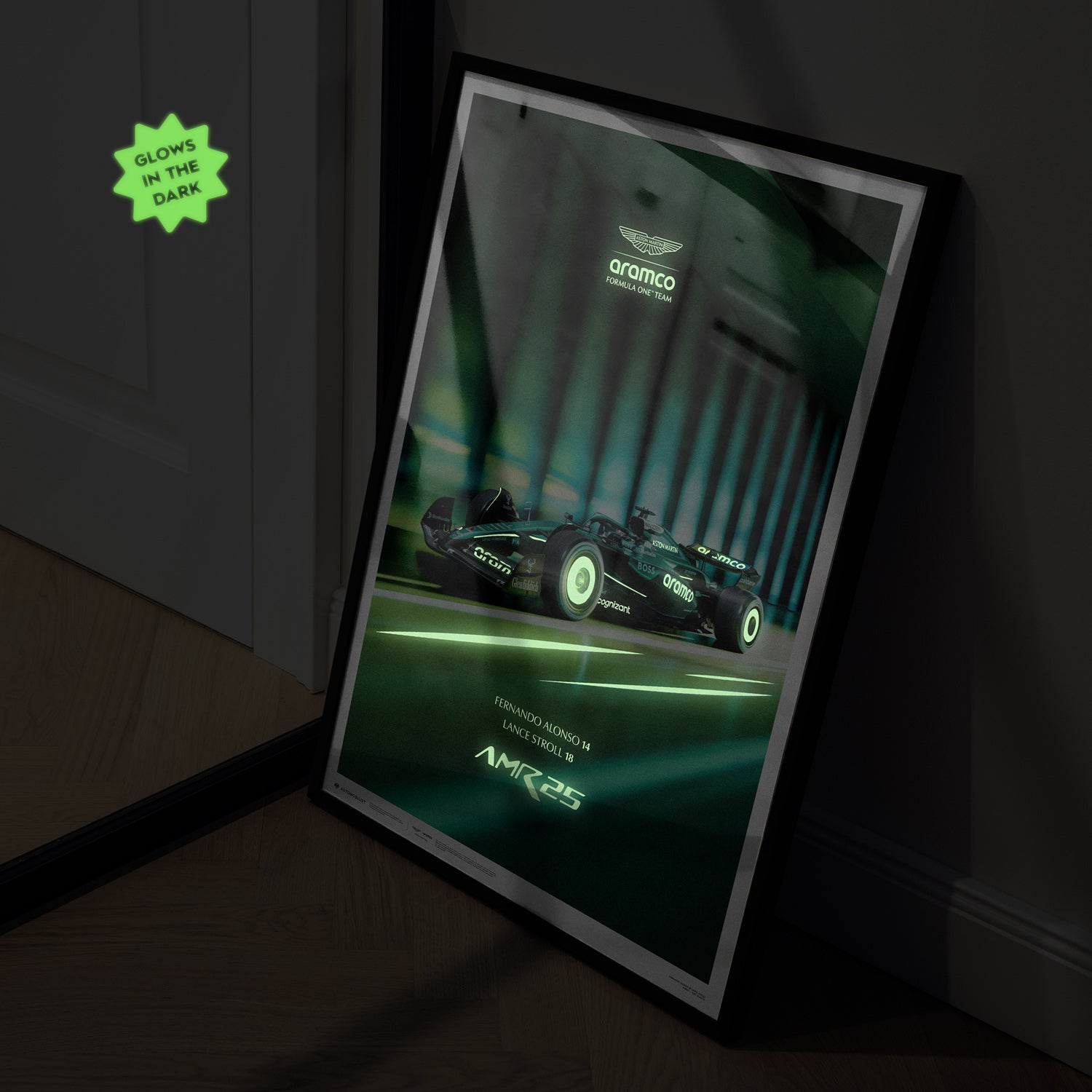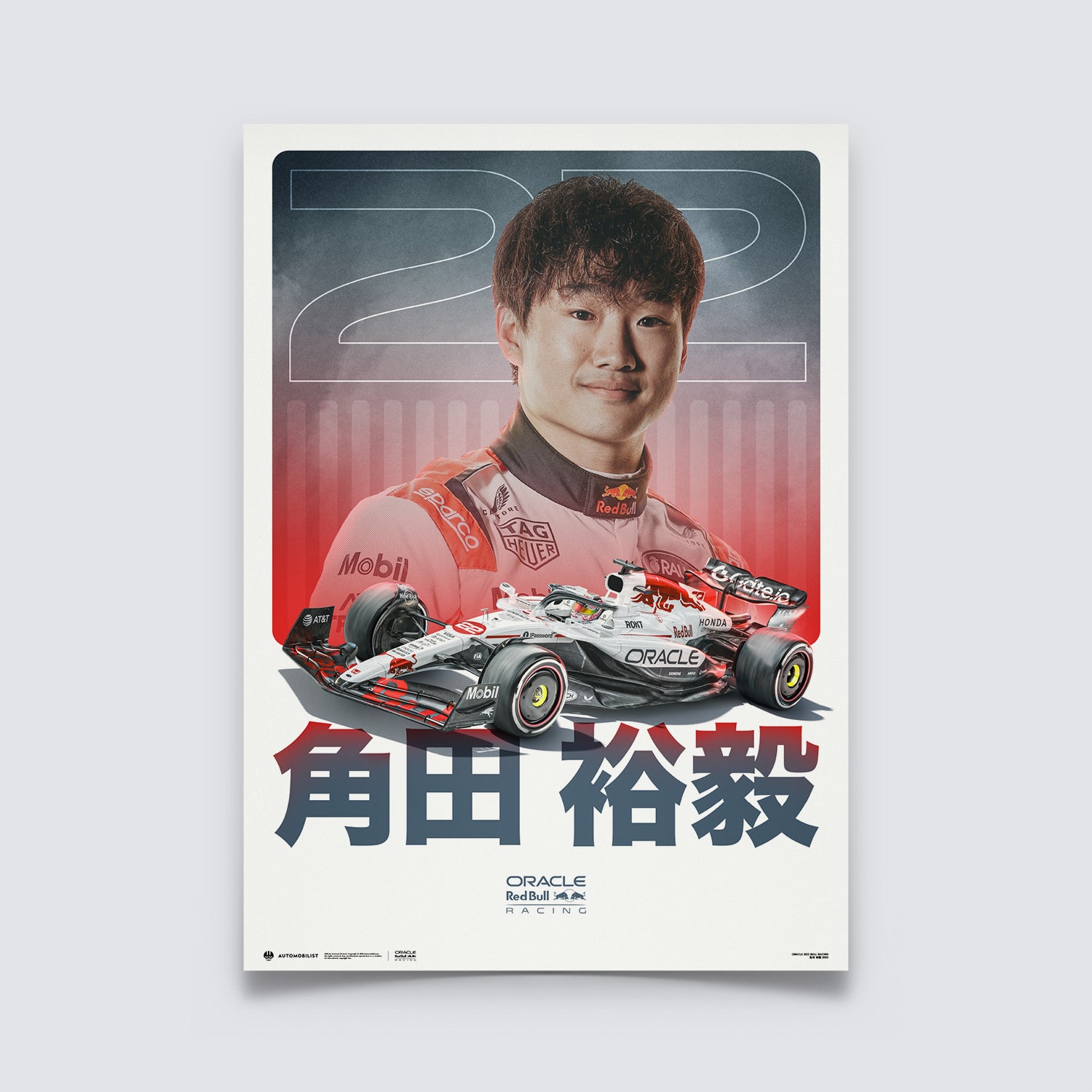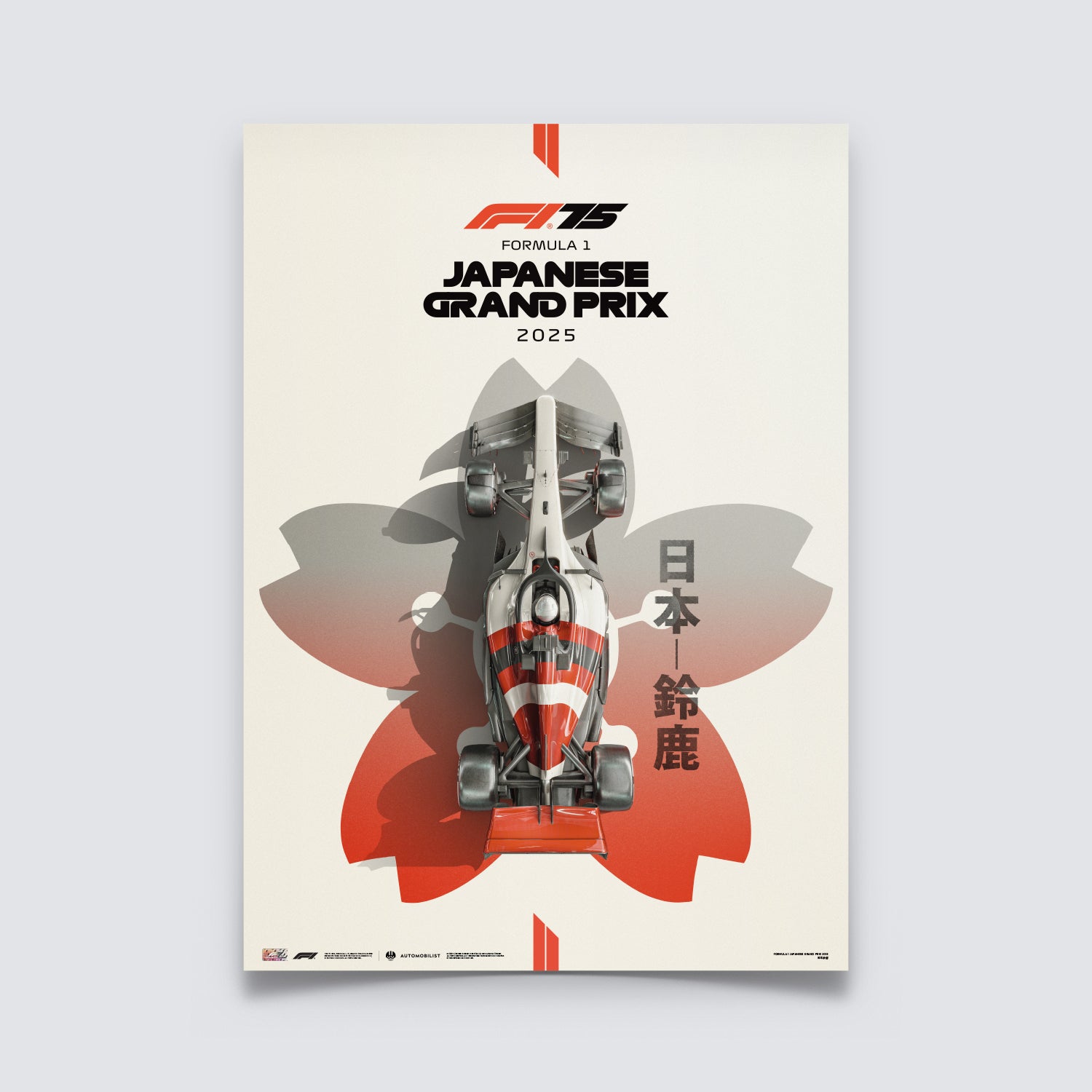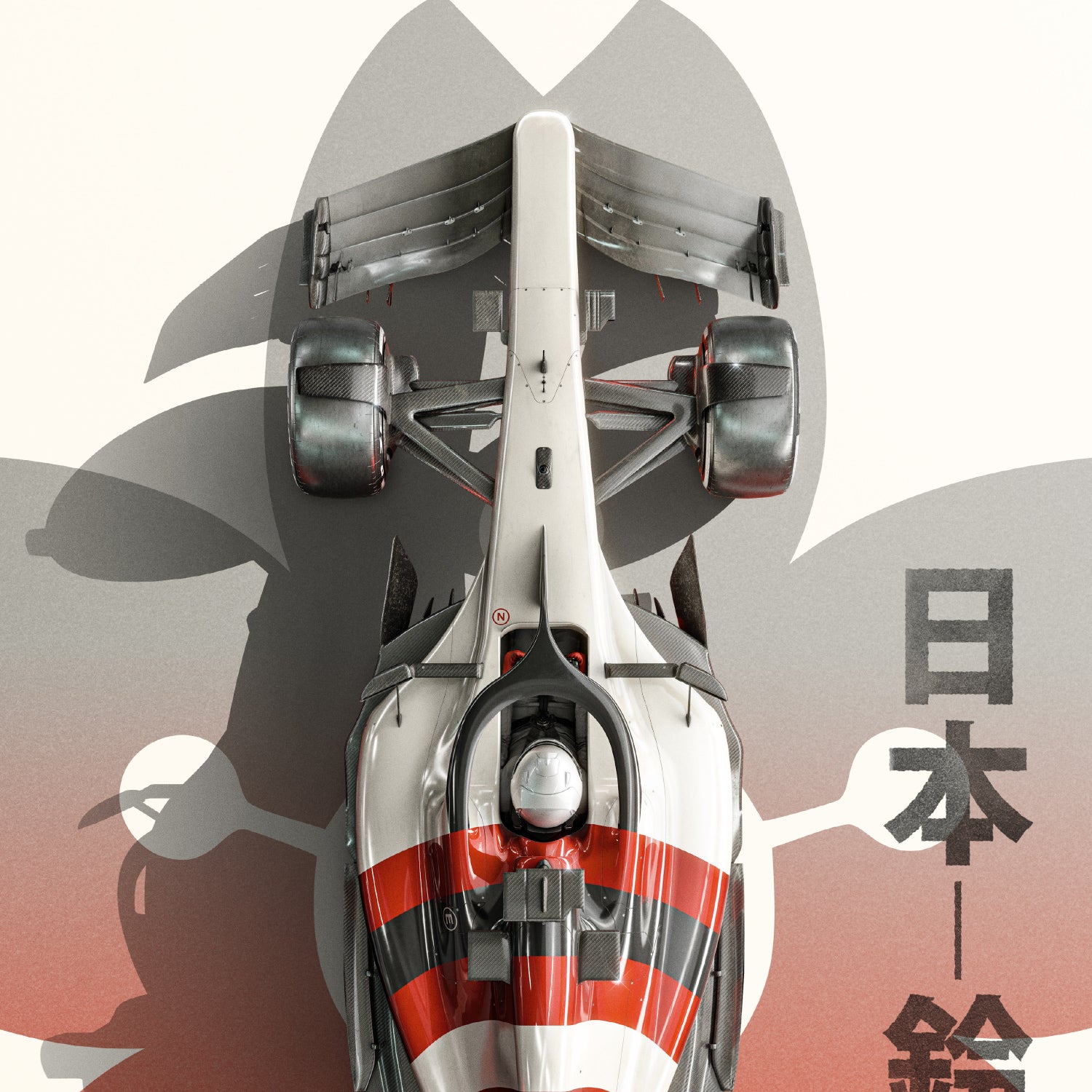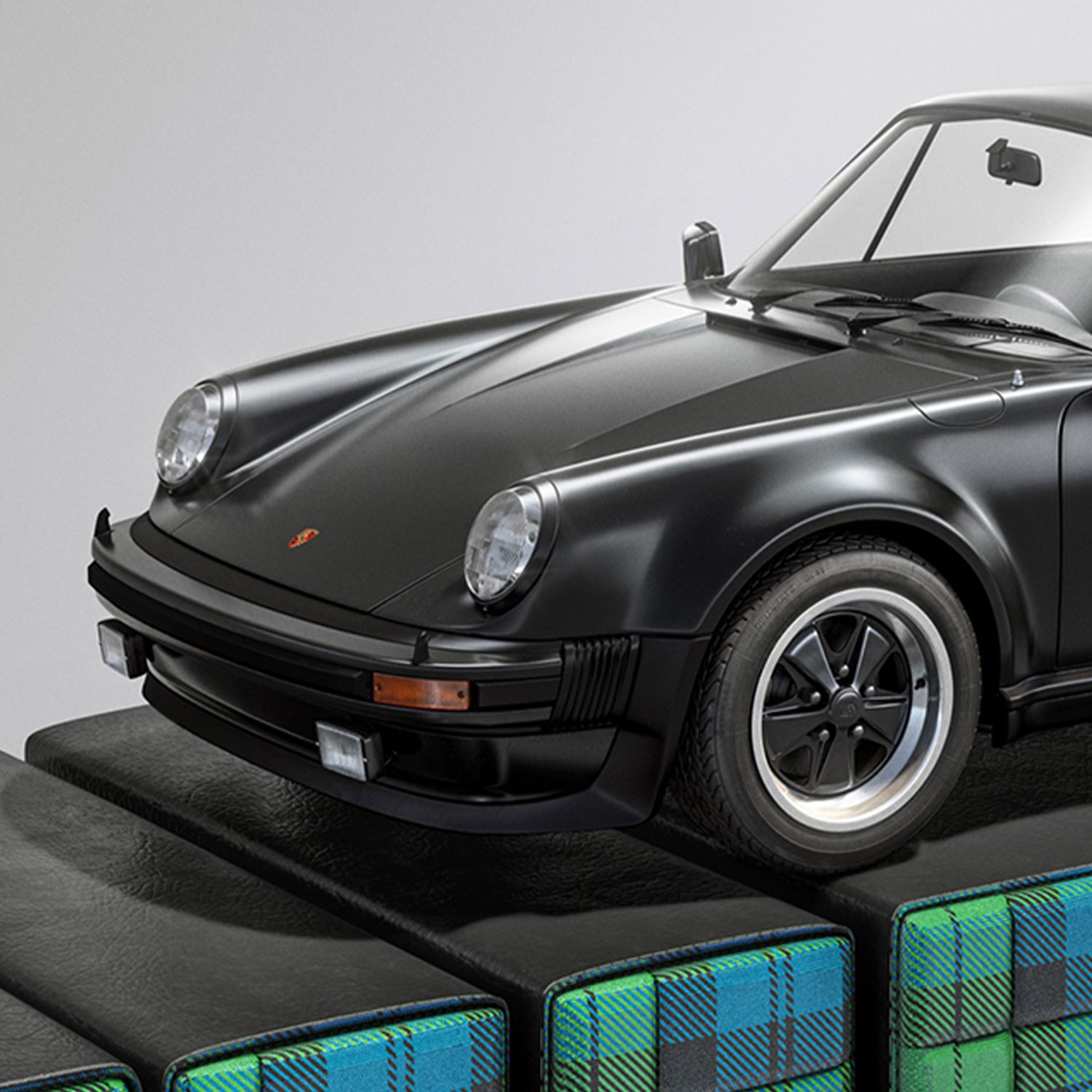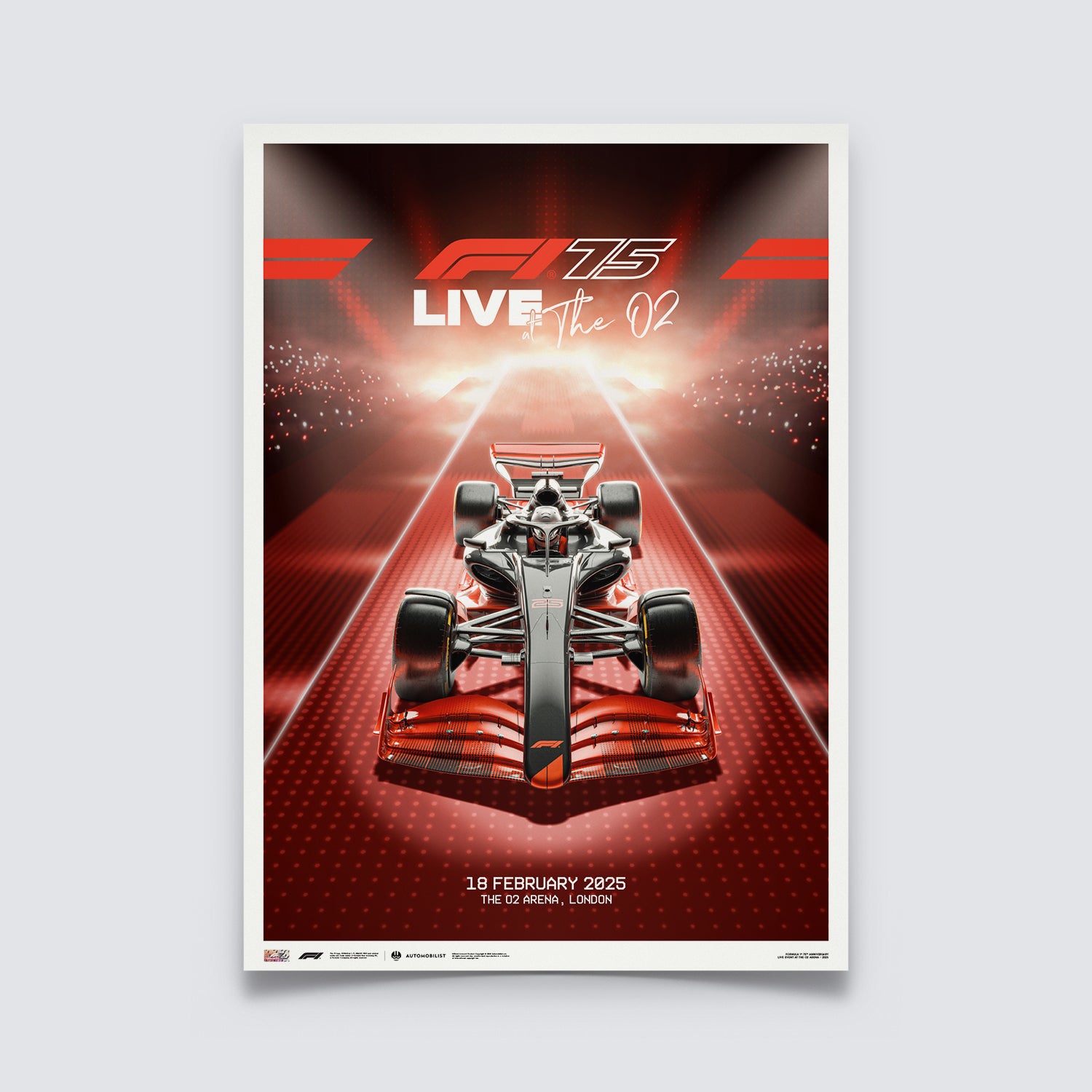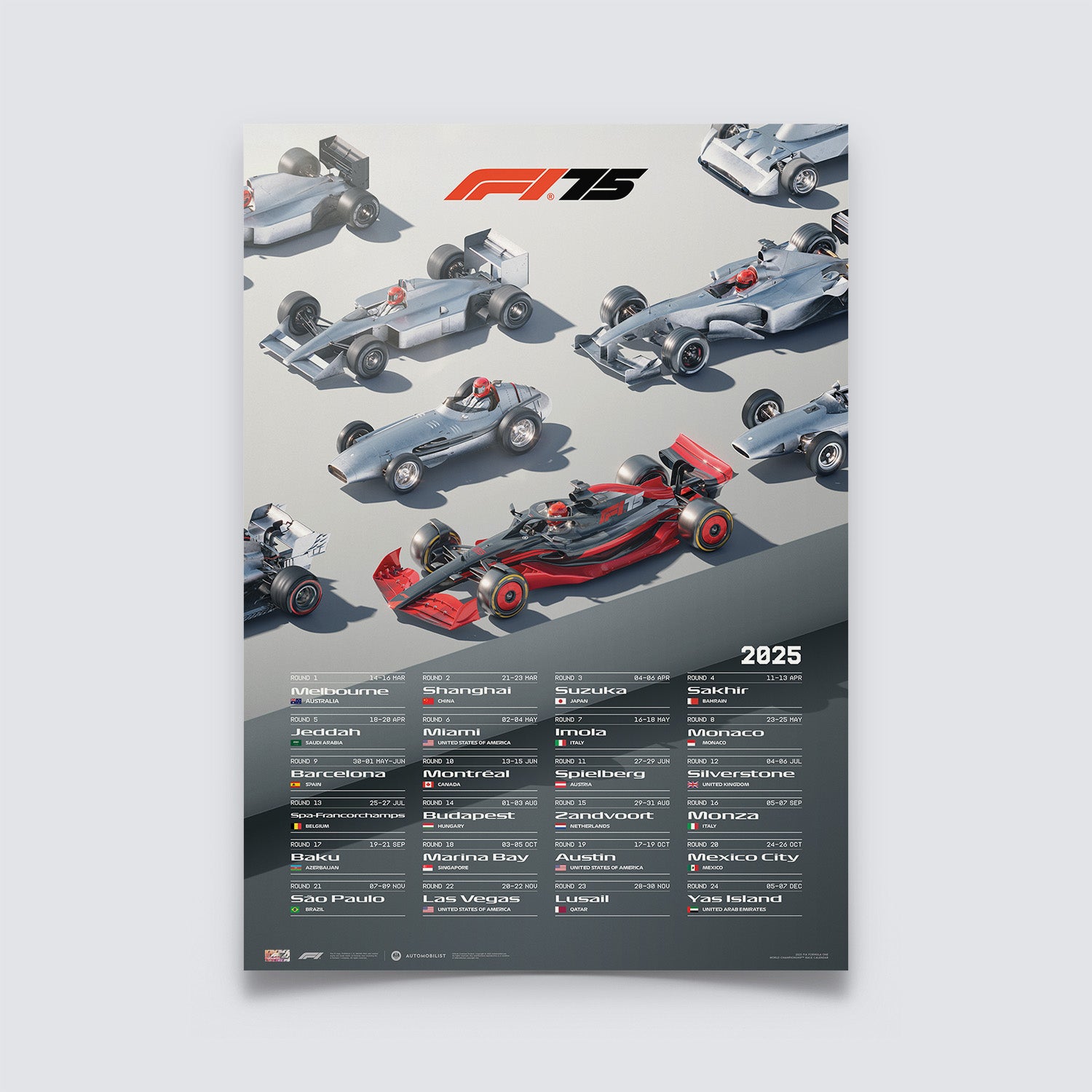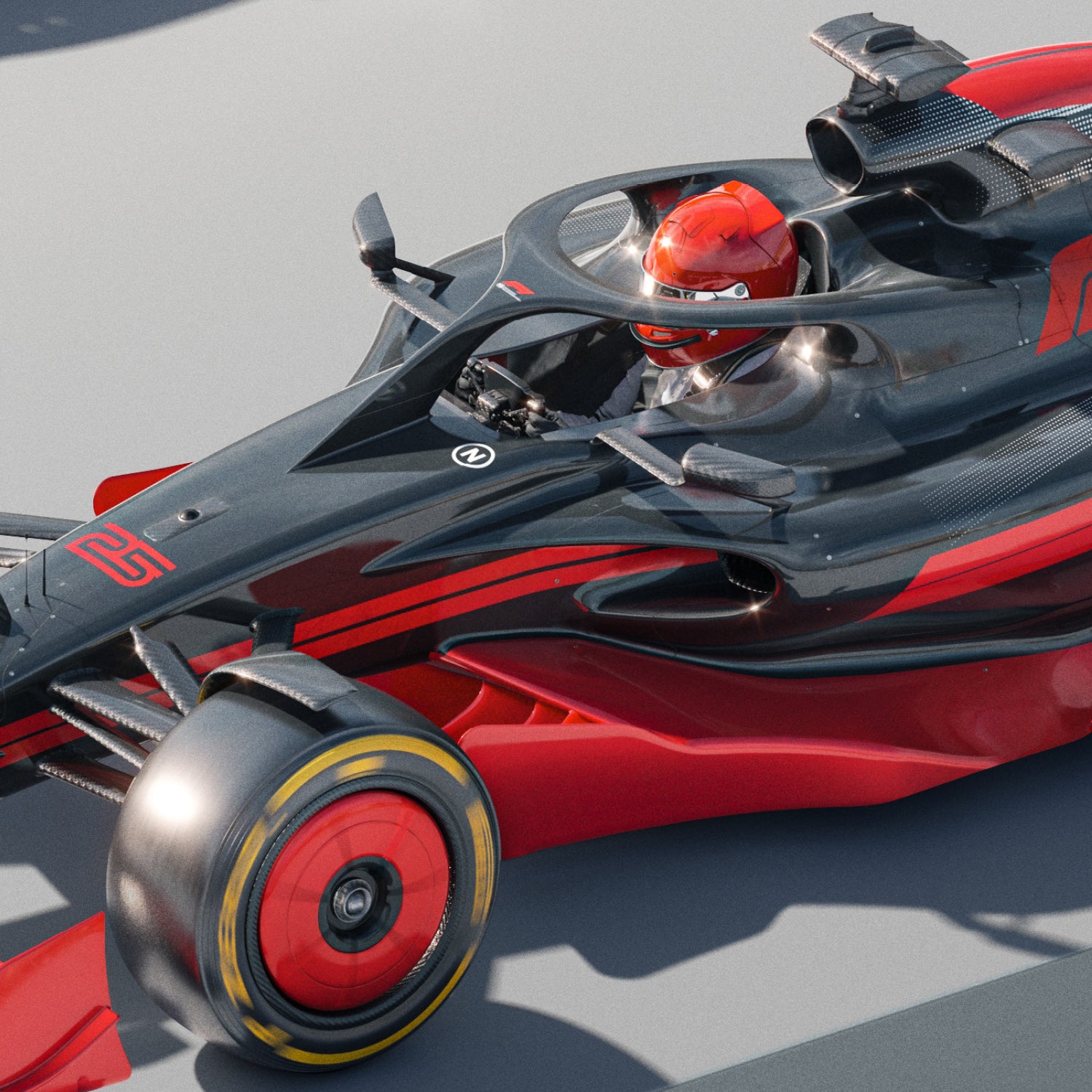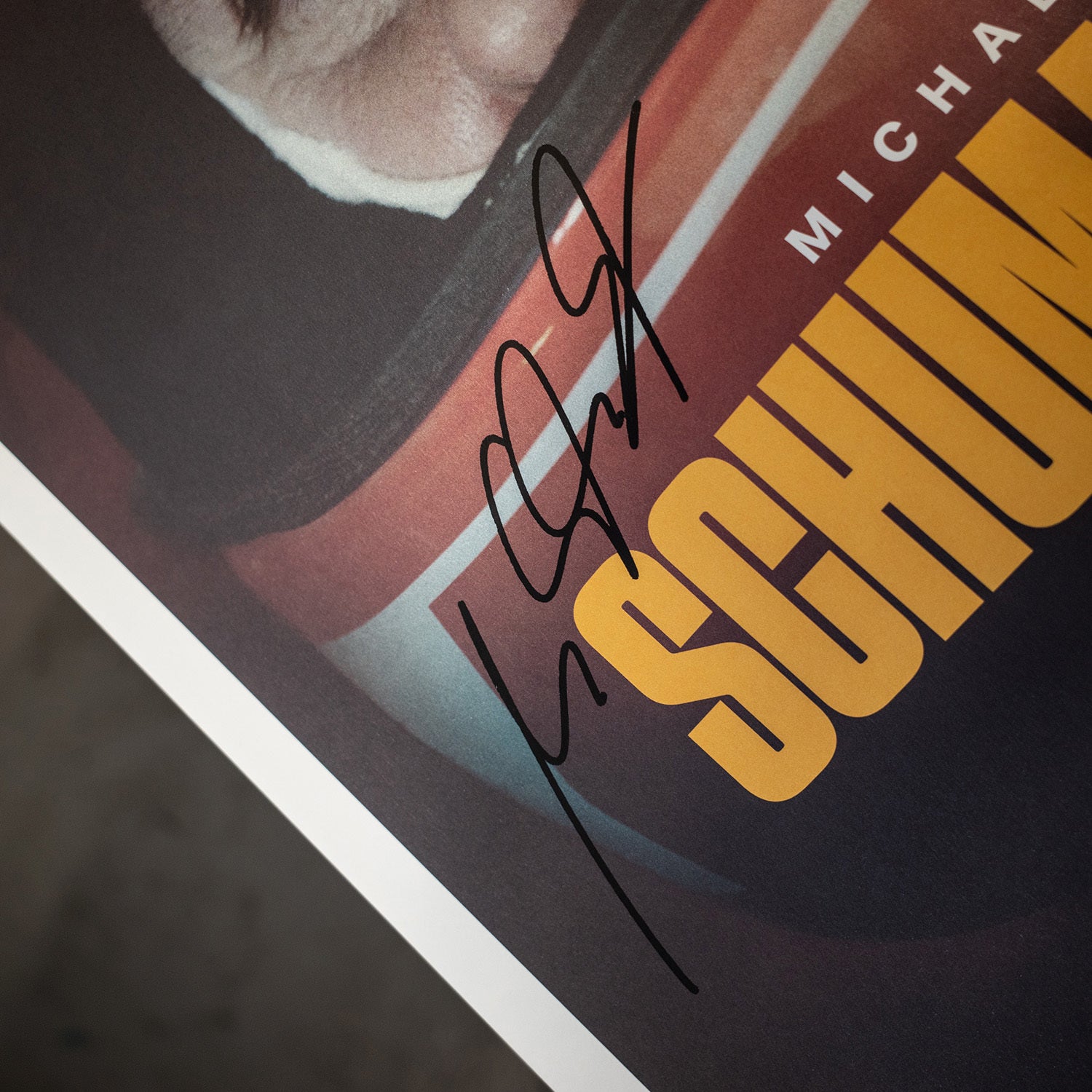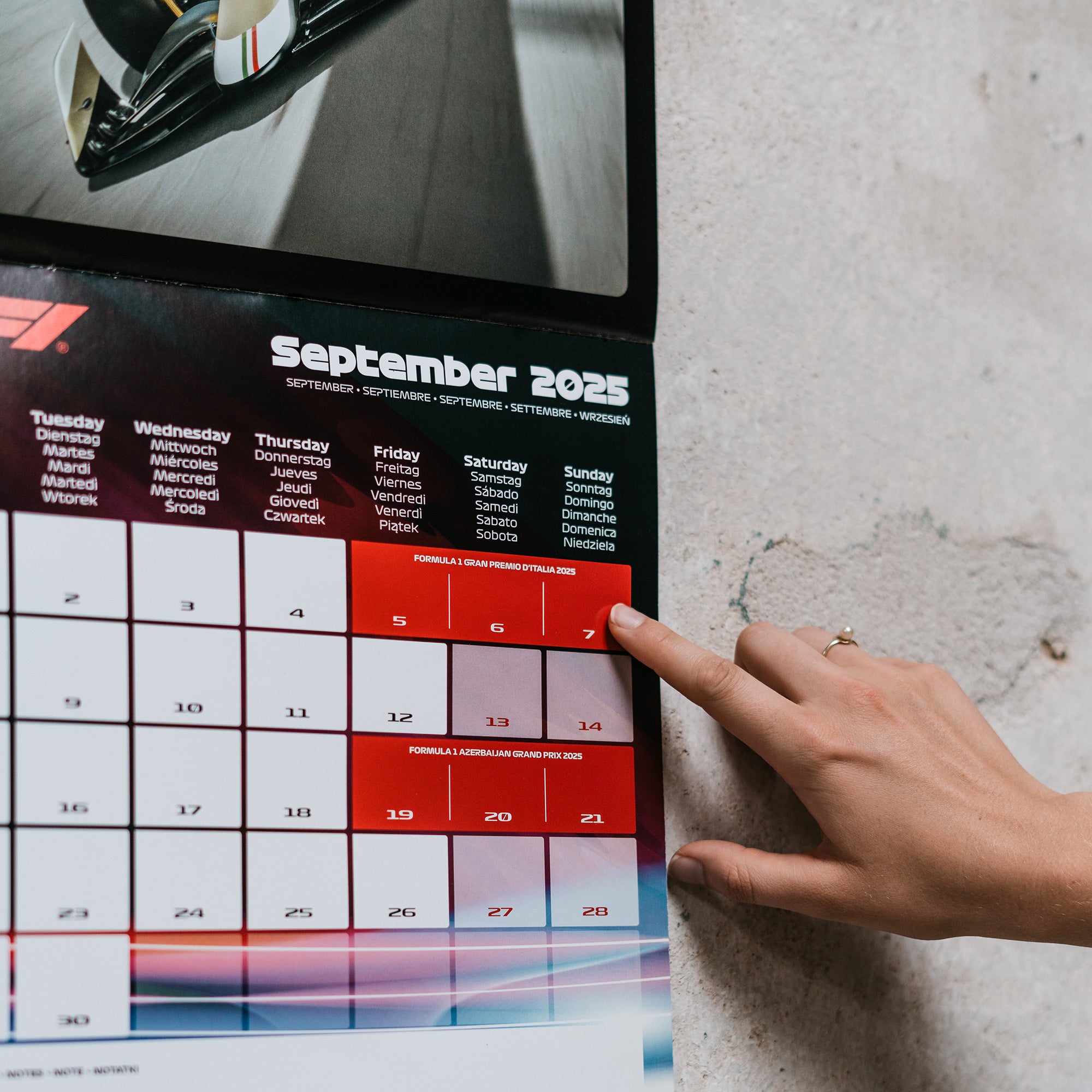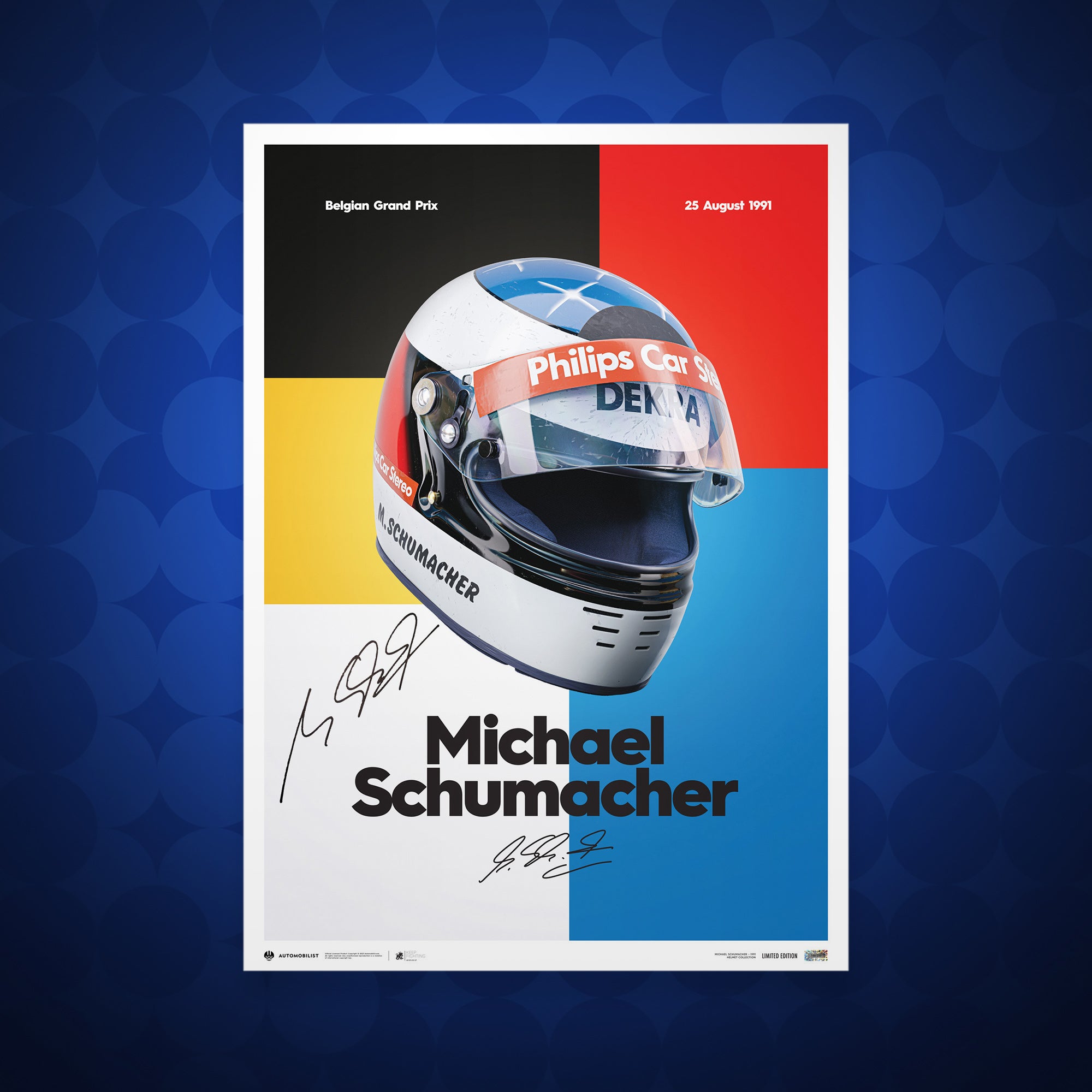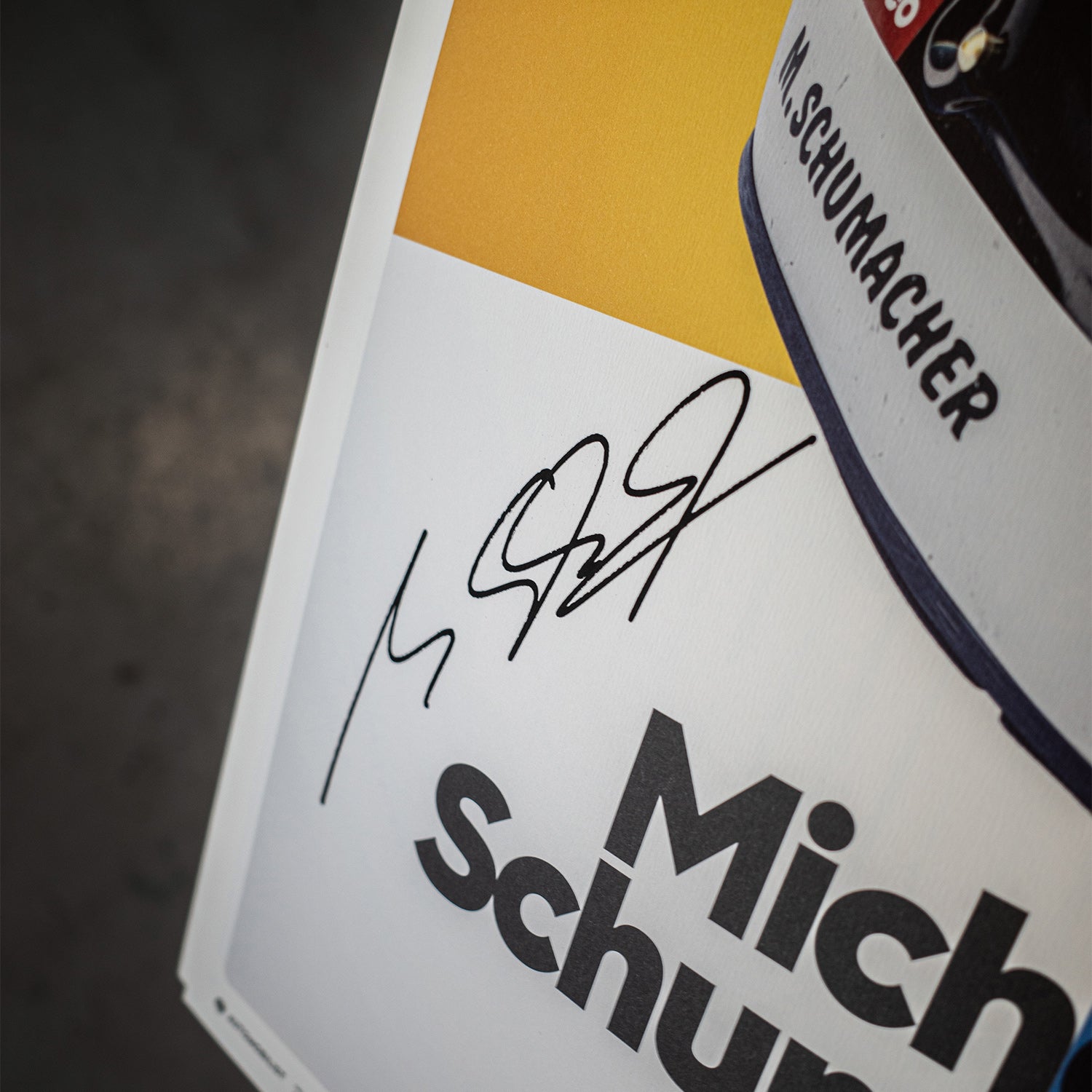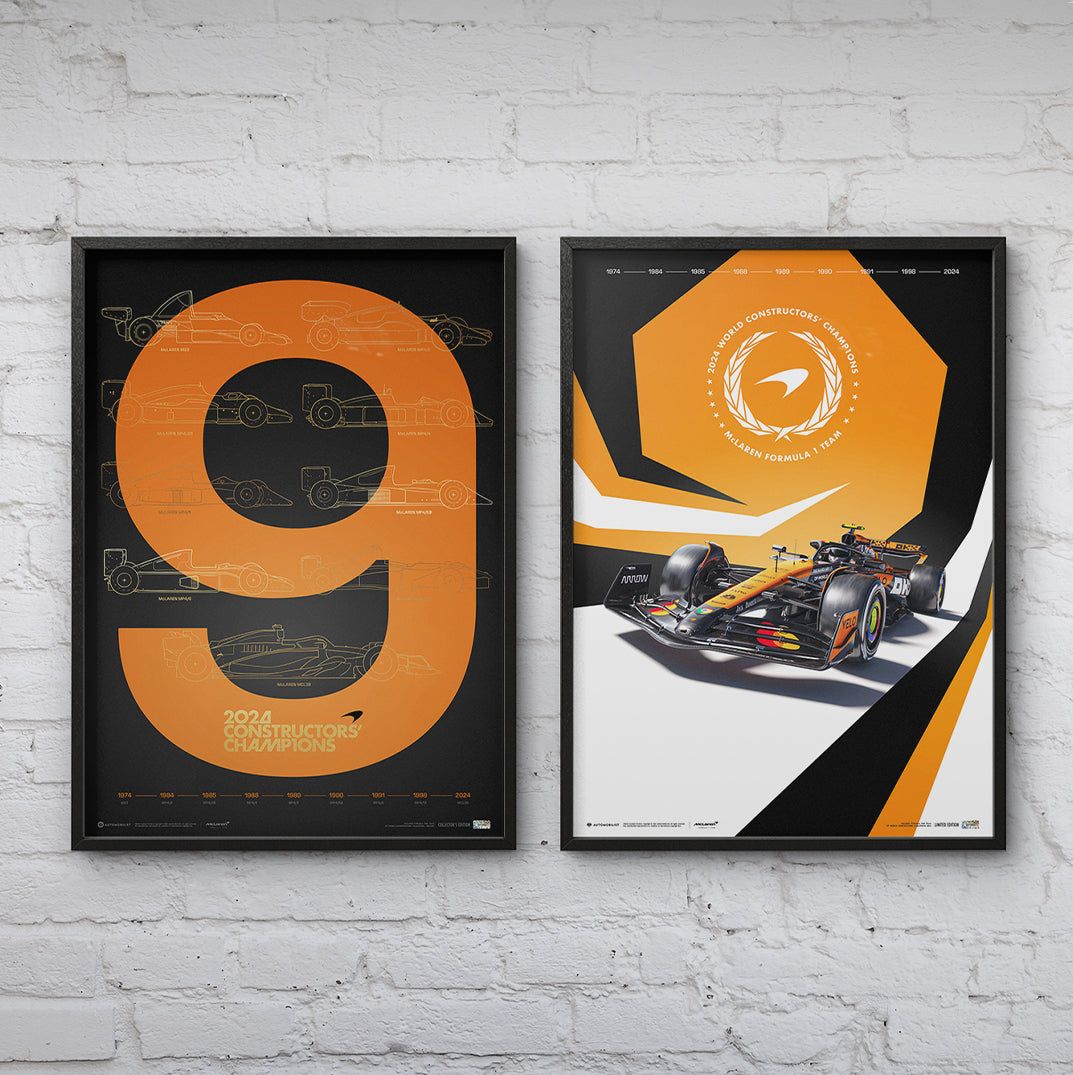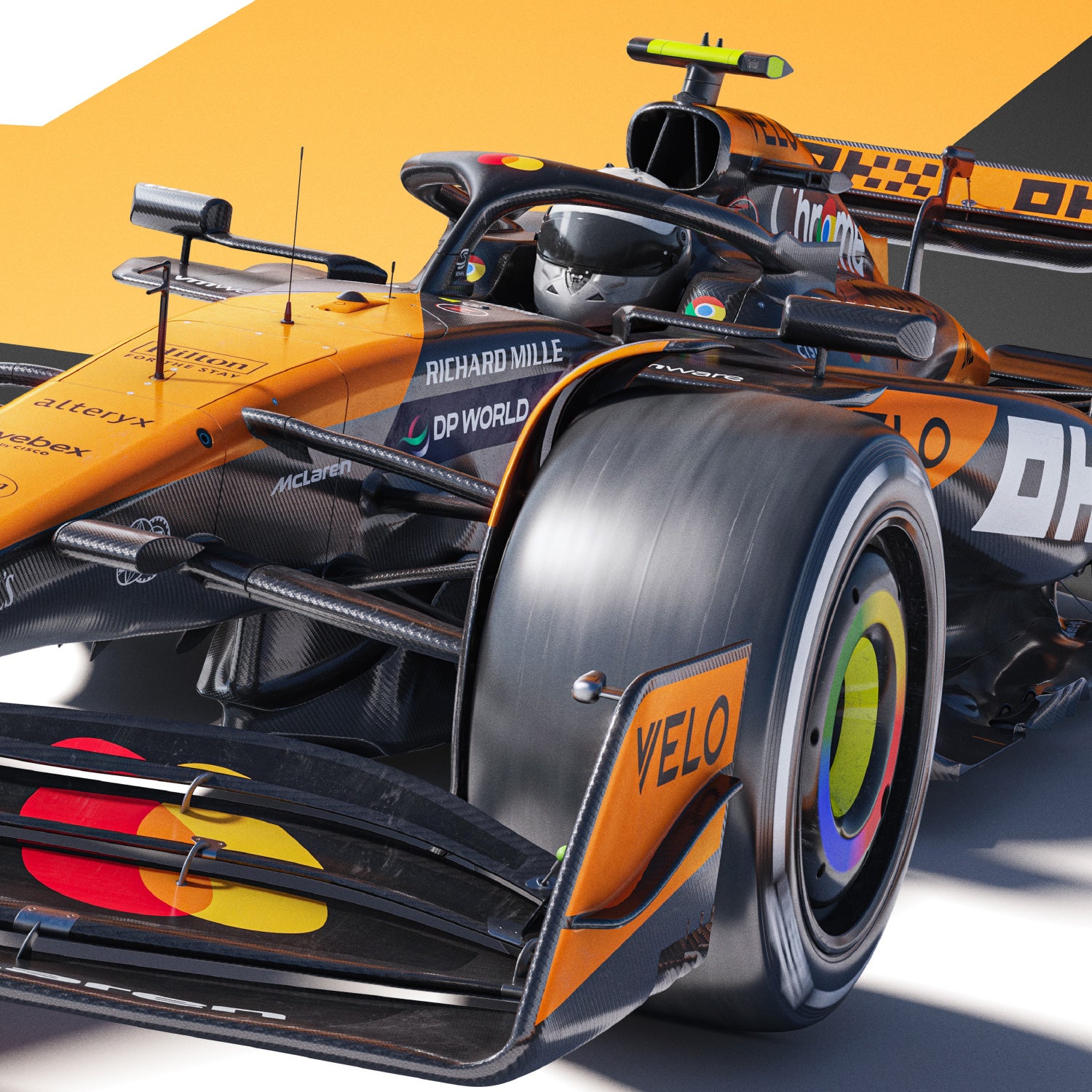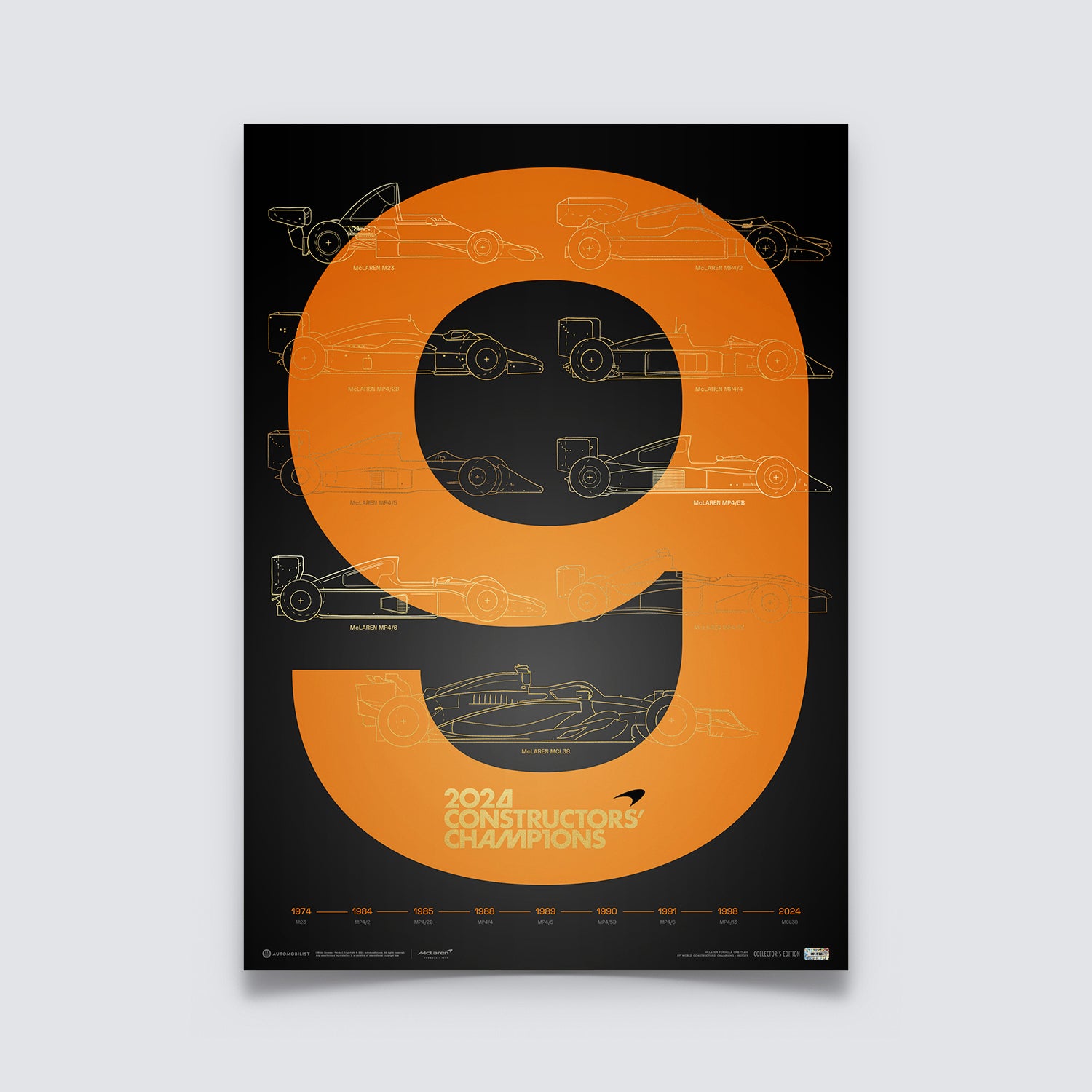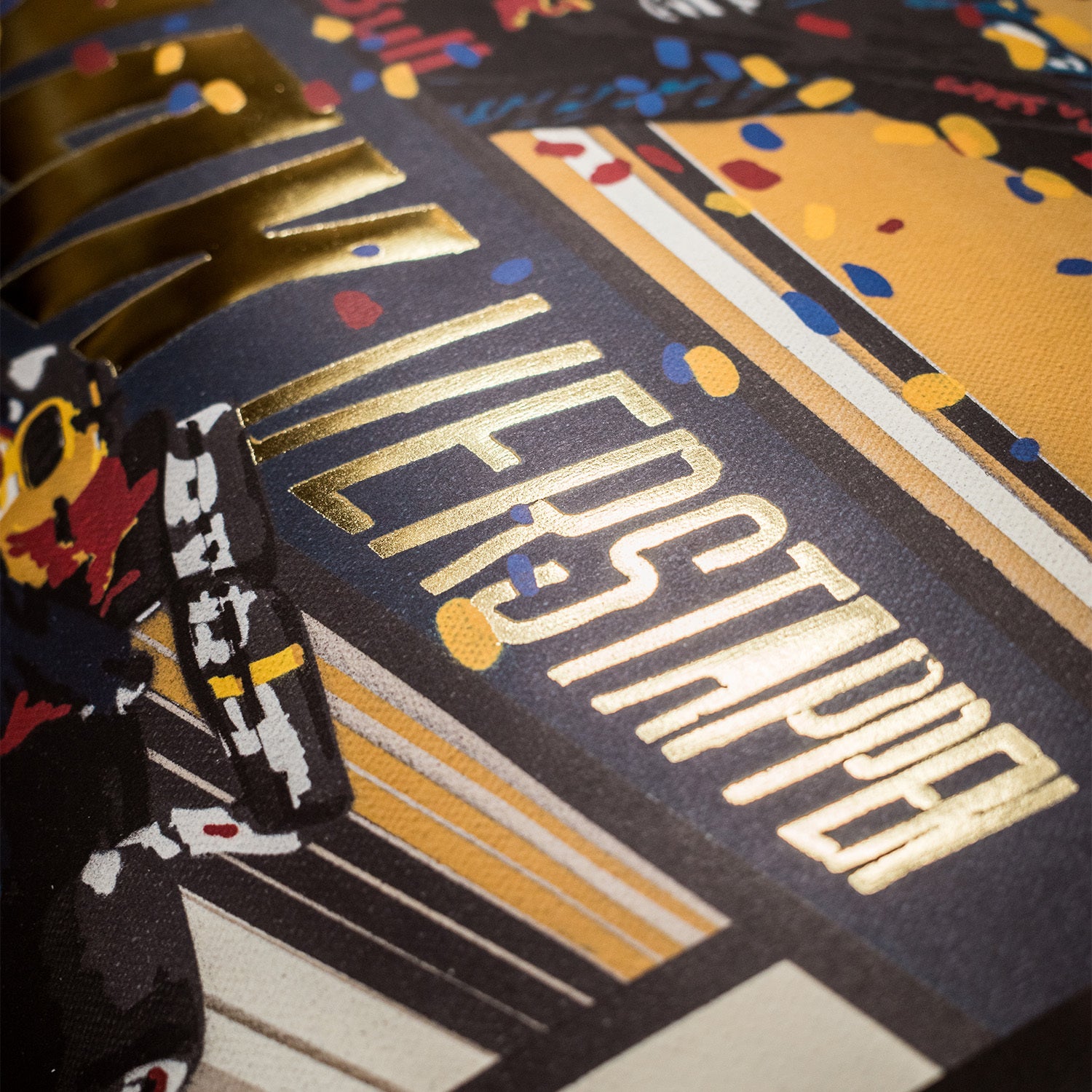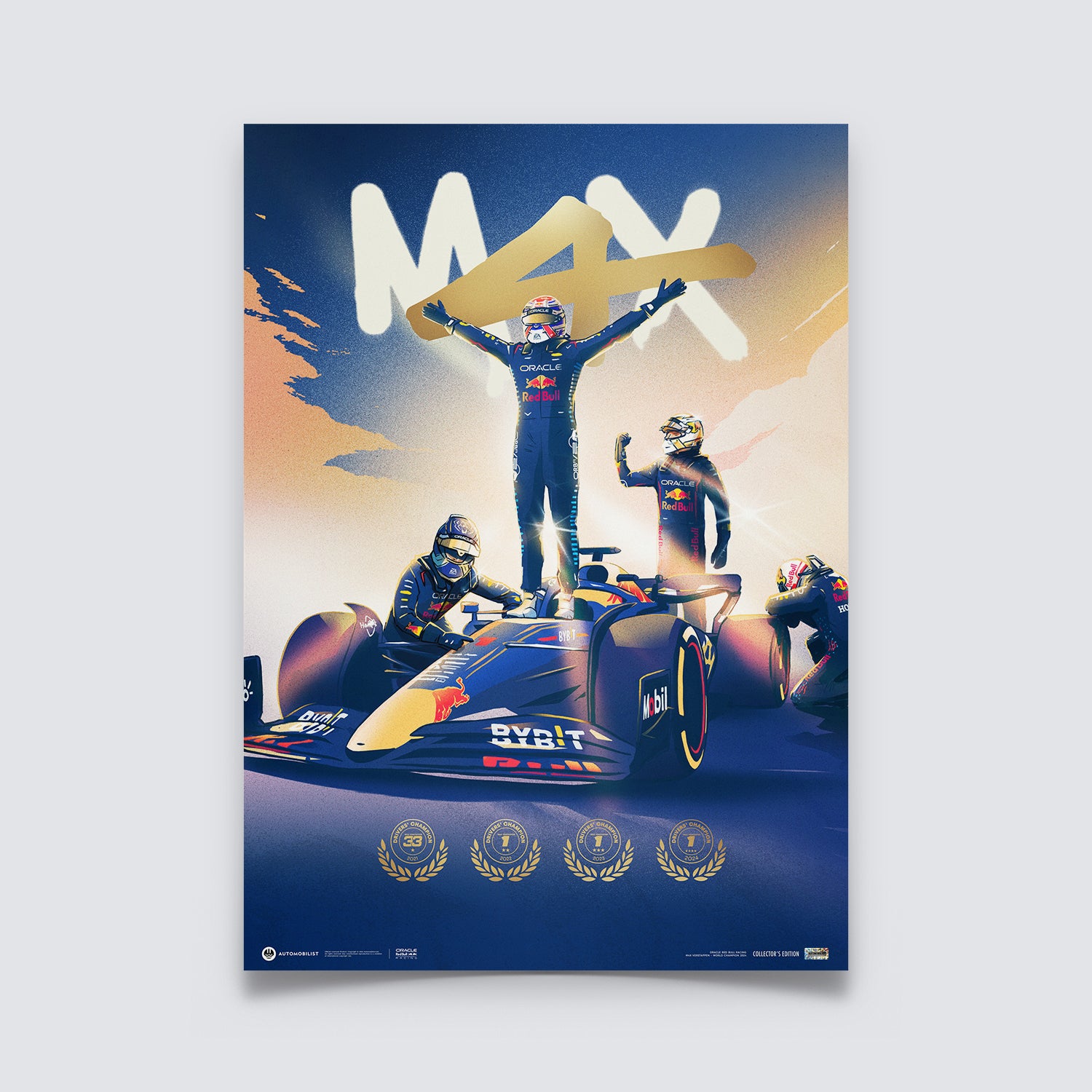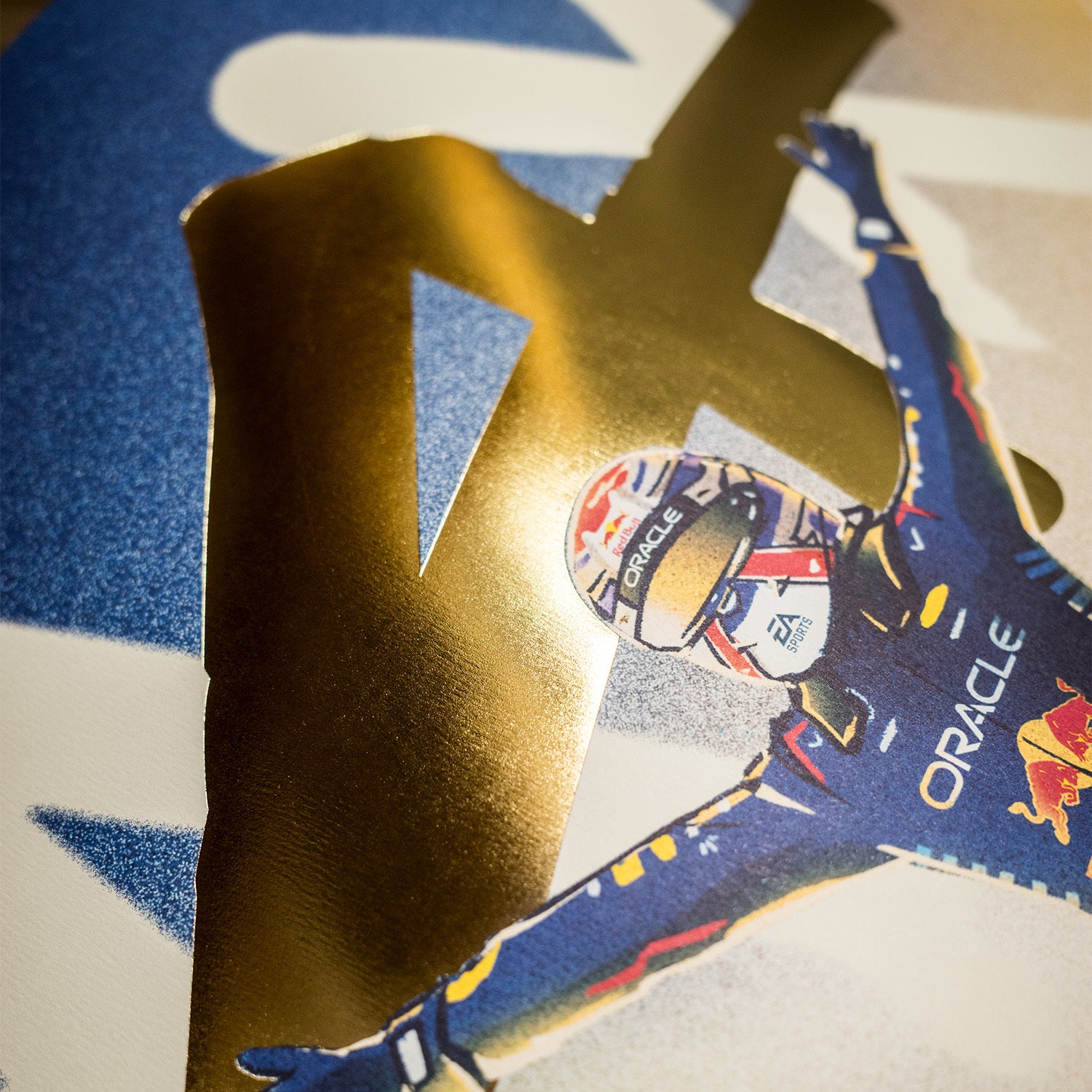The Story Behind the Porsche 917/20 'Pink Pig' | Written by Richard Kelley
For a car that only raced once in its audacious pink livery fifty-one years ago, the 'Pink Pig' occupies a unique niche in the history of porsche. The bold imagery of the butcher’s diagram continues to rival the blue and orange of Gulf and the red, white, and blue of Martini.
But in pink? Perhaps Porsche realized that their re-bodied 917/20 revealed too many speed secrets, and covering them in pink was the best way to hide them in plain sight.
 Engine detail on the Porsche 917/20, while mechanics work on Porsche 917 LH in the background. Image Courtesy: Motorsport Images.
Engine detail on the Porsche 917/20, while mechanics work on Porsche 917 LH in the background. Image Courtesy: Motorsport Images.
The story began just days after the 1970 24 Hours of Le Mans. While Porsche knew the 917 only had one year of eligibility remaining for the World Sportscar Championship, they knew the car had untapped potential. On June 22, 1970, Porsche reunited the top members of Porsche’s racing and styling departments with the French aerospace engineering firm SERA.
Porsche had previously sought SERA assistance with aerodynamics for the 917, including the long-tail form used at Le Mans in 1970. Now, Porsche ordered their revamped 1971 design, the 917/20, to combine the stability and downforce of the short-tail 917 KH with the low-drag coefficient of the 917 LH.
SERA wasted no time delivering a shorter nose design, similar to a 908/03. Their proposed tail was slightly lower and more deeply concave than the standard 'fin' tail used on 917 KHs in 1971.
 Reinhold Joest / Willibert Kauhsen's Porsche 917/20 'Pink Pig' in the pits. Image Courtesy: Motorsport Images.
Reinhold Joest / Willibert Kauhsen's Porsche 917/20 'Pink Pig' in the pits. Image Courtesy: Motorsport Images.
However, the 917/20 SERA body was much wider than the standard 917K, at 87 inches versus 78. The increased width was the secret. The side overhangs minimized airflow disruption pouring from the wheel openings. Less turbulence meant less drag, which meant significantly more top speed down the Mulsanne.
Unfortunately, the shorter and broader 917/20 made it look fat to the Porsche designers. Some even whispered the word 'pig'.
 Reinhold Joest / Willibert Kauhsen's Porsche 917/20 'Pink Pig' during the race. Image Courtesy: Motorsport Images.
Reinhold Joest / Willibert Kauhsen's Porsche 917/20 'Pink Pig' during the race. Image Courtesy: Motorsport Images.
In April, the 917/20 arrived at Le Mans 1971 test weekend with test driver Willi Kauhsen at the wheel. Kauhsen and Jo Siffert complained about the handling but found stiffer rear springs, altered brake bias, and spoiler adjustments made a significant improvement.
With testing having balanced the 917/20, Porsche’s wind tunnel revealed results similar to the 917 KH (with a fin tail) and higher drag than the 917 long-tail. A return to Weissach’s test track lowered the lap time by almost three seconds. Porsche had suddenly found themselves with a very quick 'pig'. But how could they disguise their advantages? They decided a distraction was the path forward and made the most of it.
Porsche painted the 'pig' shocking pink for practice and qualifying, decorated initially with only dotted lines mimicking a butcher’s chart. The German names for the traditional meat cuts appeared for the race on Saturday.
Each front fender also sported a white pig-shaped decal announcing “Der Trüffel Jäger von Zuffenhausen.” The team’s Martini sponsorship decals were missing, perhaps on orders from Count Rossi.
 Reinhold Joest racing the Porsche 917/20 'Pink Pig' at the 1971 24h Le Mans. Image Courtesy: Motorsport Images.
Reinhold Joest racing the Porsche 917/20 'Pink Pig' at the 1971 24h Le Mans. Image Courtesy: Motorsport Images.
Willi Kauhsen teamed with Reinhold Joest, qualifying seventh at 3 min 21 seconds, more than 2 seconds slower than Dr. Helmut Marko in the magnesium-frame 917 KH that ultimately won the race.
The race started well for Kauhsen and Joest, who steadily moved forward into third place by the seventh hour. At Lap 105, the team changed the front brake pads. At the next stop, on Lap 121, the mechanics changed the rear brake pads and cooling fan bolts as a precaution (fan bolt failure had knocked the 917 LH of Elford and Larrousse out of the race).
Then, on Lap 179, just two laps into Joest’s stint, the throttle cable broke right before the Ford Chicane as he was downshifting. Joest was lucky to glide into the pit lane for repair. Running again in fifth place on Lap 184, Joest crashed at Arnage. Braking for the slow right-hander, the car suddenly snapped sideways into the Armco barrier on the right.
 Reinhold Joest sits in his Porsche 917/20 'Pink Pig'. Image Courtesy: Motorsport Images.
Reinhold Joest sits in his Porsche 917/20 'Pink Pig'. Image Courtesy: Motorsport Images.
In 2011, Reinhold Joest commented on his experience in an interview with Motor Sport Magazine: “It was like no other 917. When I first saw it at the Le Mans test, it was plain white, and in white, it looked so much bigger than a 917 – shorter, stubbier, wider. I thought, ‘My goodness, this is a race car?’
But when I drove it, the car was so much easier than what I'd driven before, very different, and on the straight, it was better than I had experienced before. It had less drag, the balance was perfect, and there was plenty of downforce.”
 Porsche 917/20 'Pink Pig' in the Porsche-Museum in Stuttgart. Image Courtesy: Wikimedia Commons
Porsche 917/20 'Pink Pig' in the Porsche-Museum in Stuttgart. Image Courtesy: Wikimedia Commons
“I have absolutely no idea why they painted it pink – maybe some joke from the design studio in Weissach – but it was fine by me, it was a special thing, and the effect was fantastic. I mean, you're still asking me about it after forty years, and once I'm in the car, I don't care what color it is on the outside.
For me, the important thing was that it was fast, and so it looked just fine as far as I was concerned. It was not pink inside, you know.”
Follow the link below and discover the beauty of the Porsche 917/20 'Pink Pig' in high detail by following the production process of our new Fine Art Print.



